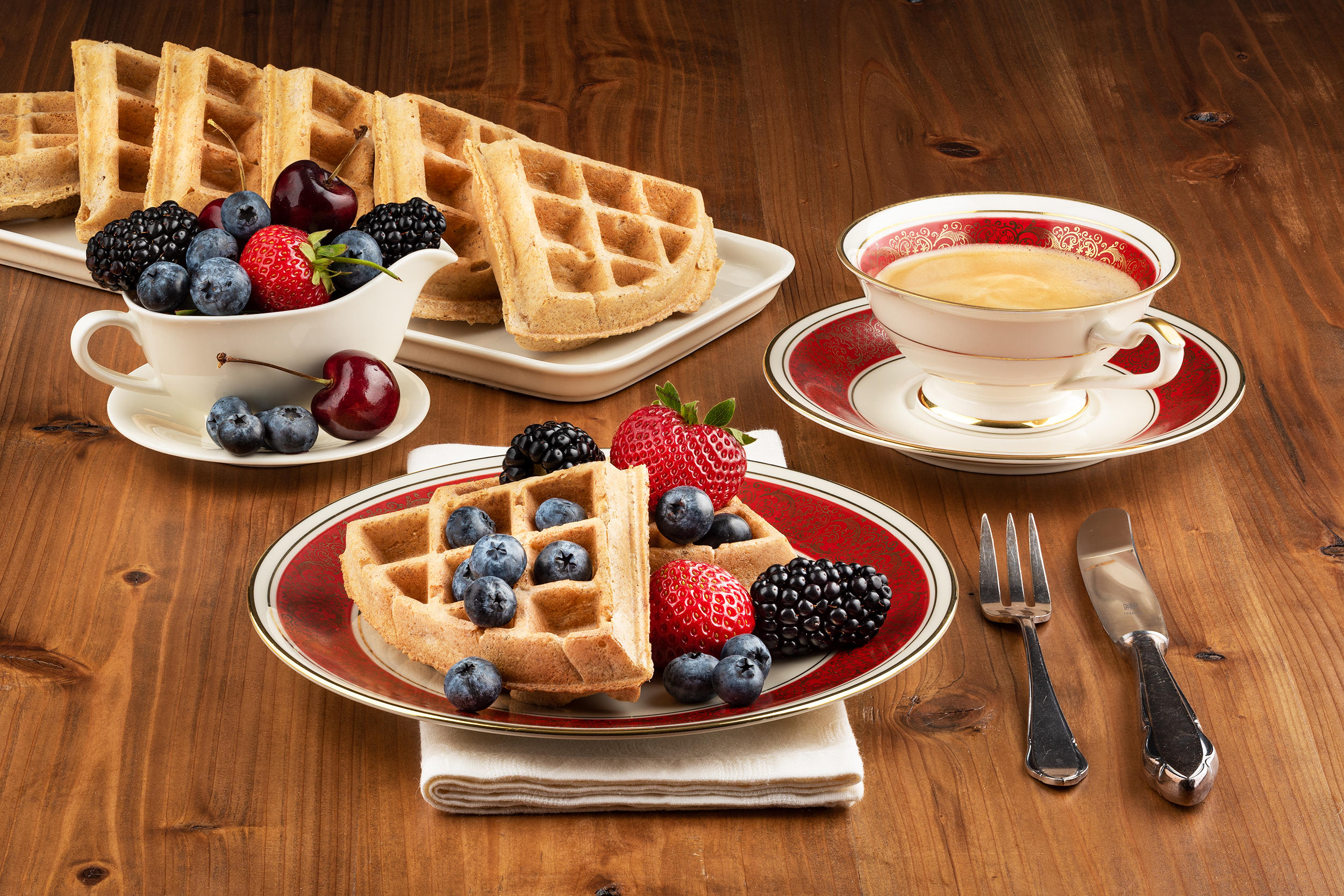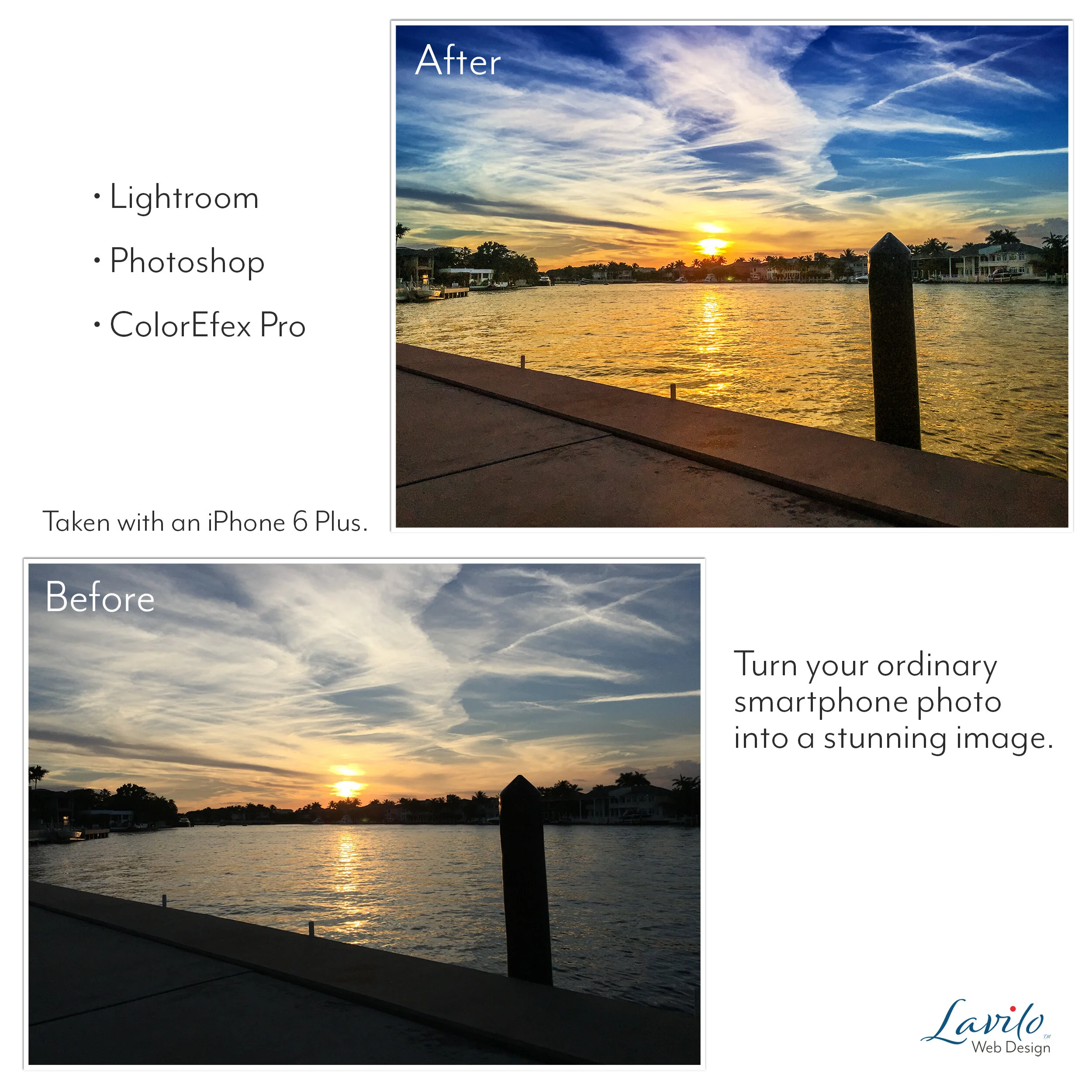How Photographers Use Depth of Field
The word photography comes from the two Greek words photos (for light) and graphe (for drawing). Taken together they translate to drawing with light.
Similar to a painter, a photographer uses light to produce bright and dark areas in a photo. These highlights and shadows give us a sense of depth and evoke emotions. But they also direct our eyes.
When you look at paintings up close, you may find that the degree of detail in a picture can also vary significantly. While we pay less attention to areas with few details, we dwell on parts with a plethora of features. By adding or removing details, the old masters were able to steer our sight to the main elements of their artworks.
The way photographers reduce distractions from an image is by bringing parts of the photo out of focus, thus creating blurring. The sharp, in-focus area is called depth of field and usually captures our interest. It can be shallow or deep, depending on the camera's settings and the capabilities of the lens. Some lenses allow a razor-thin depth of field, which can give a picture an emotional touch.
In product and food photography, however, images have a more functional purpose. They help to convince an online shopper or a guest in a restaurant to buy a product or order a dish. In these cases, you want edge-to-edge sharpness showing as much detail as possible. Blurriness can create the perception that the photographer is trying to hide something.
To avoid unwanted blurring, photographers can extend the lens-typical depth of field by taking multiple exposures at different focus points and later combining them with special software. This technique is called focus stacking.
The sharpness of the resulting image will catch your eye - and those of your customers and guests.











